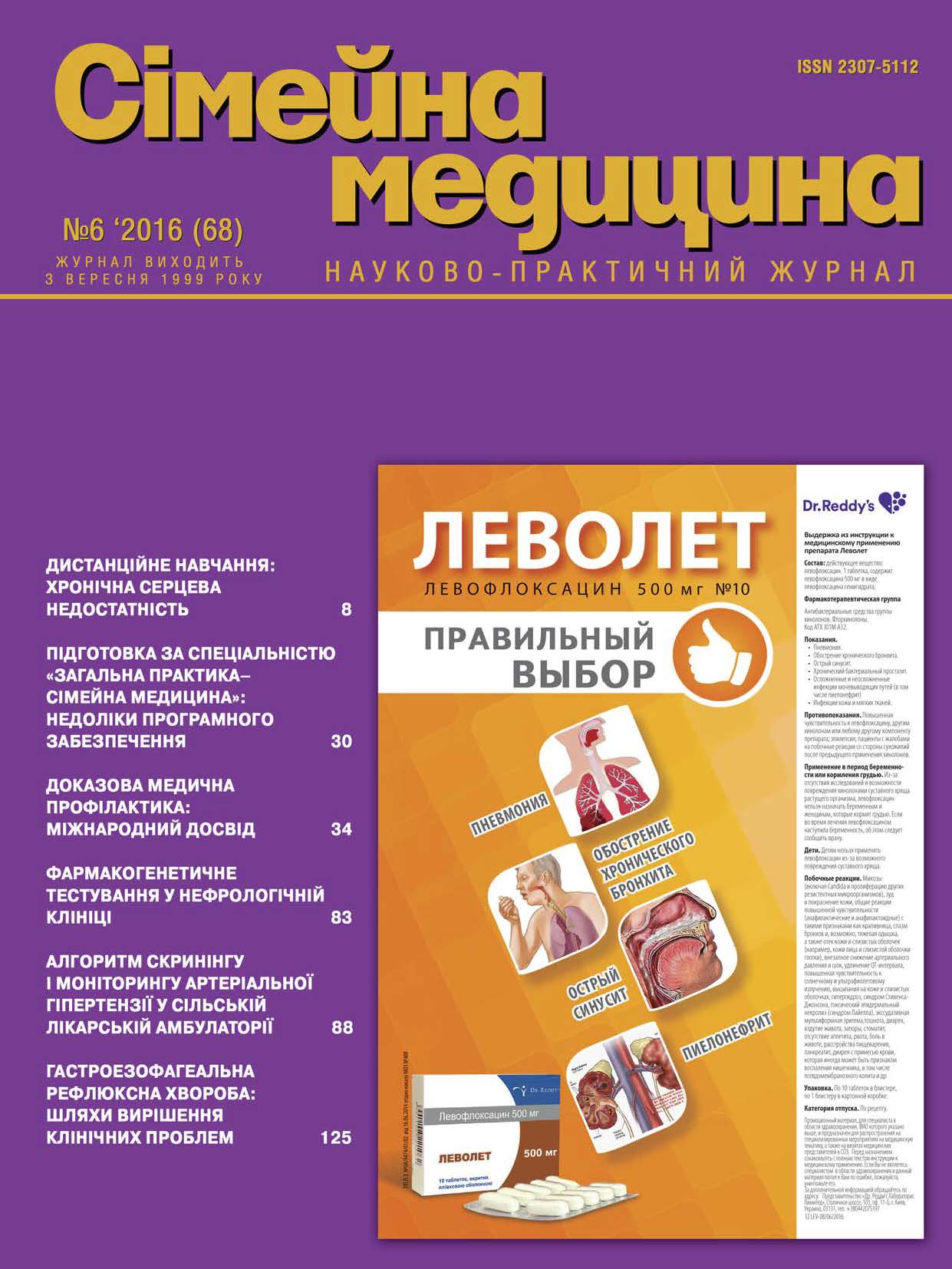Dynamics of Neurological Status Depending on the Type of Circadian Rhythm of Blood Pressure in Patients with Primary and Secondary Stroke
##plugins.themes.bootstrap3.article.main##
Abstract
Daily monitoring of blood pressure (BP) shows chronic violation of circadian rhythm of blood pressure after the acute phase of stroke and shows a high sensitivity in assessing the prognosis of stroke. High rate variability is an independent predictor of cerebrovascular events and subsequent development of dementia. The study of the dynamics of neurological status depending on the type of circadian rhythm of blood pressure in patients with primary and secondary stroke is relevant, that was the purpose of our study. The study found that the analysis of the dynamics of the development of ischemic stroke is important, as obtained significant difference in patients with primary and secondary ischemic stroke (II). It is noted that the severity of neurological symptoms was significantly higher for patients with circadian rhythm JSC «non-dipper» compared with circadian rhythm JSC «dipper» (p <0.05), and nocturnal hypertension in acute II in patients with repeated II contributes to worsening of neurological symptoms after the 10th day of stroke that should be considered when choosing a treatment strategy.
##plugins.themes.bootstrap3.article.details##

This work is licensed under a Creative Commons Attribution 4.0 International License.
Authors retain the copyright and grant the journal the first publication of original scientific articles under the Creative Commons Attribution 4.0 International License, which allows others to distribute work with acknowledgment of authorship and first publication in this journal.
References
Luis C., Fernandez-Morenoa М. Chronic Management of Hypertension after Stroke: The Role of Ambulatory Blood Pressure Monitoring // J Stroke. 2016 Jan; 18(1): 31-37.
Фонякин А. В. Актуальные направления вторичной профилактики ишемического инсульта // Нервные болезни. – 2012. – № 2. – С. 2-7.
Blood pressure monitoring in the assessment of old patients with acute stroke / [Weiss A., Beloosesky Y., Majadla R., Grossman E.] // Int J Stroke. – 2011. – Vol. 6. – P. 182-186.
Camm A.J. Atrial fibrillation and risk / Camm A.J. // Clin. Cardiol. – 2012. – Vol. 35 (Suppl.). – P. 1-2.
Davis S.N., Donnan G.A.Clinical practice. Secondary prevention after ischemic stroke or transient ischemic attack / S.N. Davis, G.A. Donnan // N Engl Med. – 2012. – Vol. 366 (20). – P. 1914-1922.
Irie K, Yamaguchi T, Minematsu K, Omae T. The J-curve phenomenon in stroke recurrence. Stroke. 1993;24:1844-1849.
Ovbiagele B, Diener HC, Yusuf S, Martin RH, Cotton D, Vinisko R, et al. PROFESS Investigators. Level of systolic blood pressure within the normal range and risk of recurrent stroke. JAMA. 2011;306:2137-2144.
Ovbiagele B. Low;Normal systolic blood pressure and secondary stroke risk. J Stroke Cerebrovasc Dis. 2013;22:633-638.





